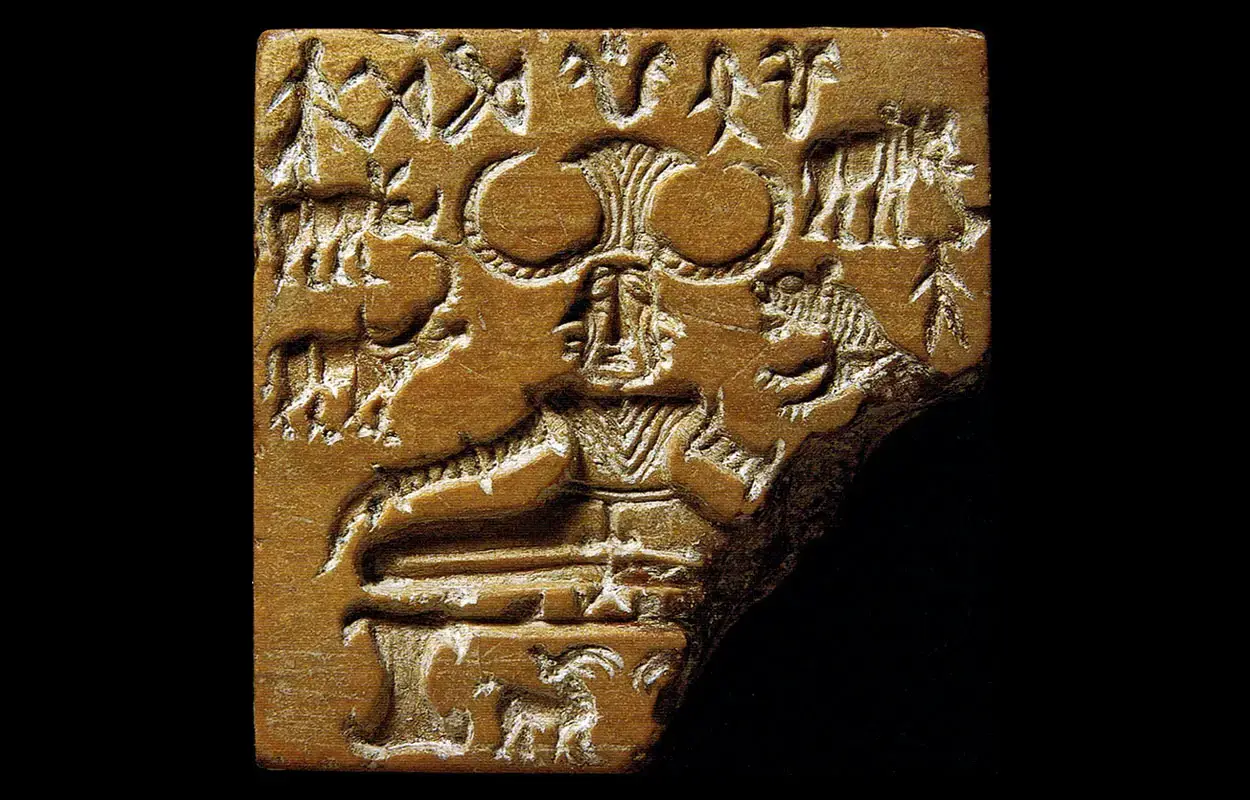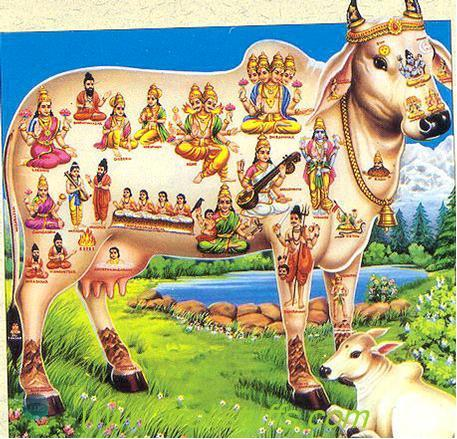In an exciting development for historians, linguists, and archaeologists, Tamil Nadu Chief Minister Muthuvel Karunanidhi Stalin has offered a $1 million reward to anyone who can successfully decode the Indus Valley script. This challenge reignites global interest in unraveling one of the most enduring mysteries of ancient civilizations.
The Enigma of the Indus Valley Script
The Indus Valley script, often referred to as the Harappan script, is a collection of symbols left behind by the Indus Valley Civilization (IVC). This ancient society thrived during the Bronze Age, emerging around 3300 BCE in the fertile floodplains of the Indus River, located in the northwestern regions of South Asia.
The IVC is renowned for its advanced urban planning and impressive architecture, with over 1,000 known archaeological sites. Among the most notable are the major urban centers of Mohenjo-daro, Harappa, Ganeriwala, Dholavira, and Rakhigarhi. These cities reflect the civilization's sophistication, but the meaning of the symbols etched on their artifacts remains elusive.
A Longstanding Mystery
First brought to global attention in 1875 by Sir Alexander Cunningham, the Indus script is primarily found on seals, pottery, metal tools, and weapons. Unlike other ancient writing systems, it hasn’t been discovered on organic materials or large architectural structures.
The script typically consists of brief sequences of symbols, making its interpretation particularly challenging. Despite comparisons to languages like Dravidian and Sanskrit, scholars have yet to reach a consensus on its meaning or linguistic roots.
This puzzle has been likened to the mystery of Egyptian hieroglyphics before the Rosetta Stone provided a breakthrough. However, the lack of a bilingual inscription for the Indus script complicates its decoding efforts.
Renewed Interest and Global Significance
The Tamil Nadu government’s $1 million prize adds a fresh incentive for researchers and enthusiasts to tackle this ancient conundrum. By solving the Indus script, scholars hope to gain deeper insights into the language, culture, and daily life of the Indus Valley Civilization, which remains one of history's most intriguing societies.
This announcement also highlights the script’s cultural and historical importance, encouraging a global effort to uncover its secrets. Success could redefine our understanding of early human communication and the evolution of writing systems.
The challenge to decode the Indus Valley script is not just about deciphering ancient symbols—it’s a gateway to unlocking the secrets of a civilization that laid the foundation for much of South Asia's history.
By Mark Milligan
Date: January 26, 2025
Tags: Indus Valley Civilization, Tamil Nadu, Ancient Scripts, Archaeology, Linguistics, History







